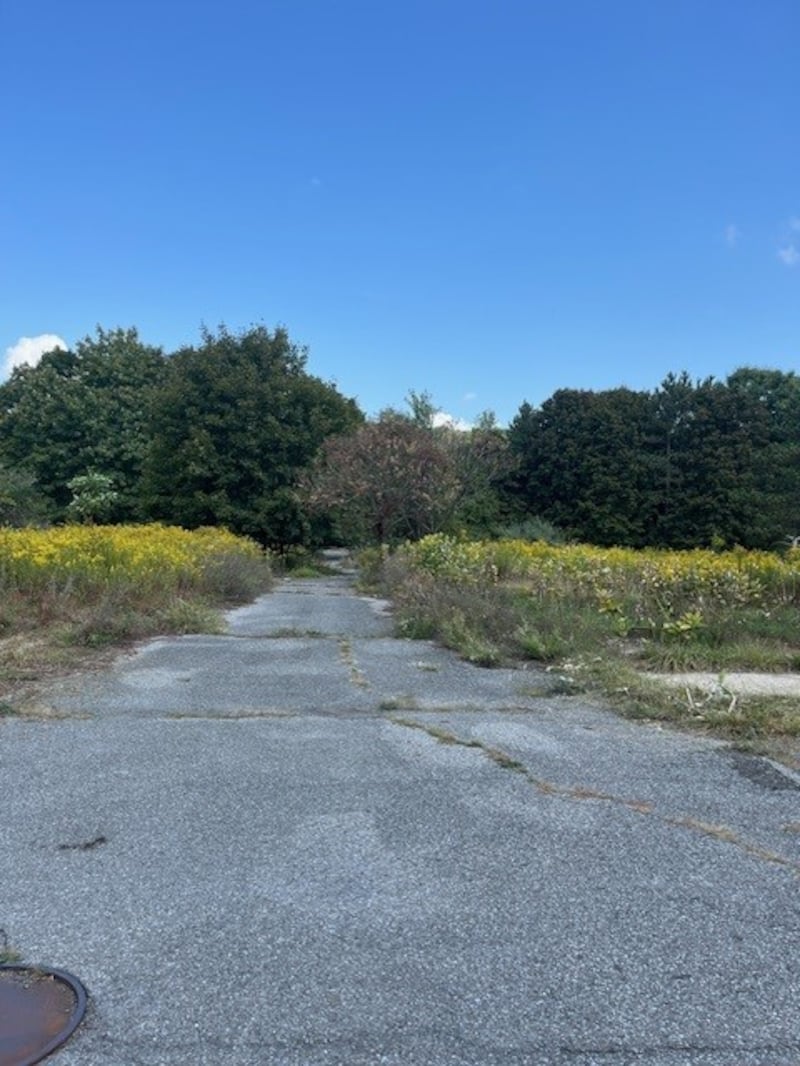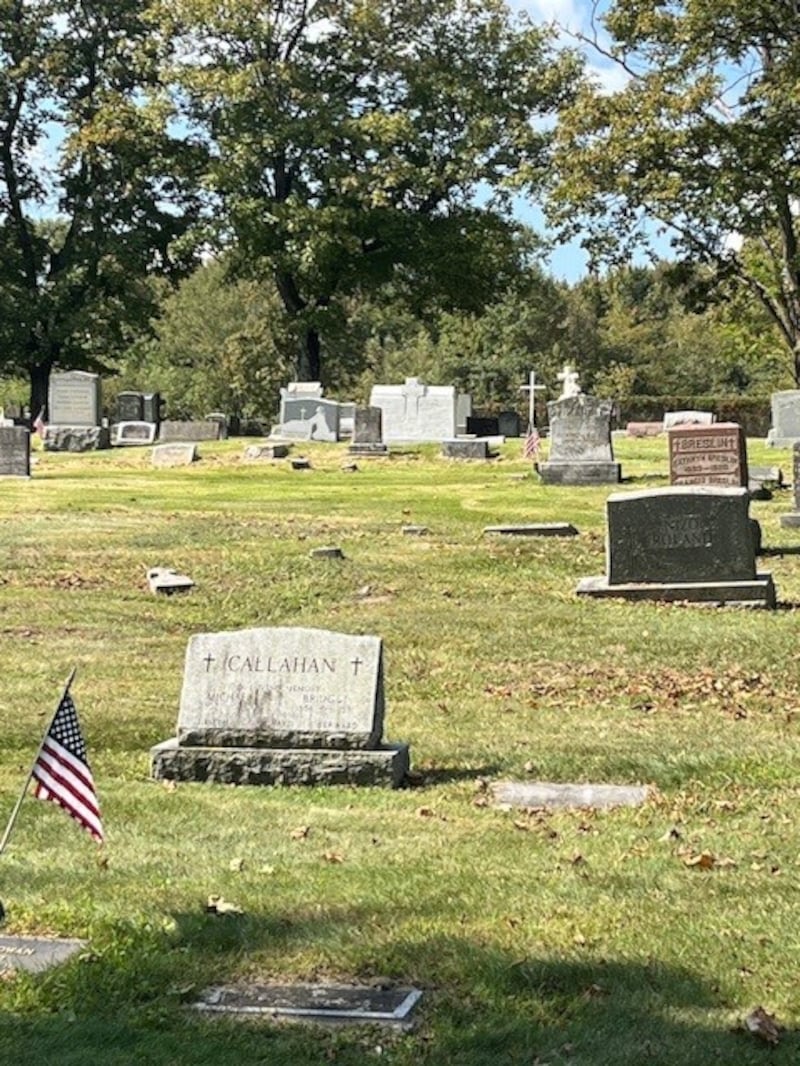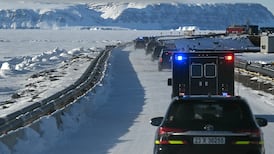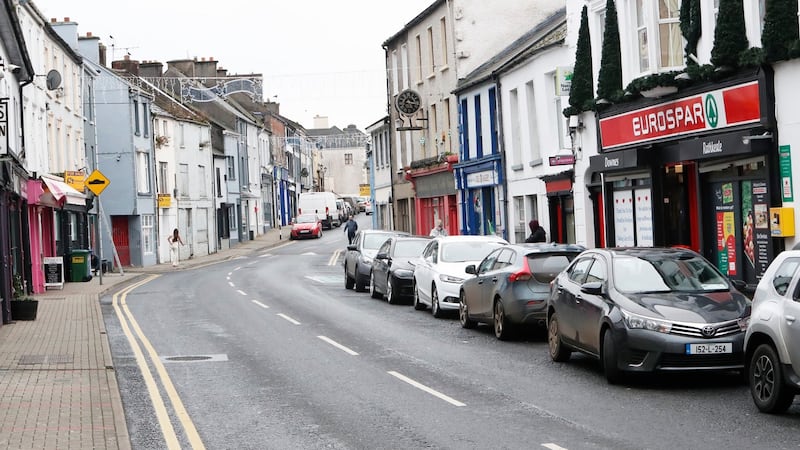The road sign for Centralia, a coal-mining town in the heart of Pennsylvania, announces its presence on PA 61N, even though the town itself began to disappear in the 1980s and all that remains today is a ghostly network of roads and avenues where houses and shops and laughter once reigned.
Coal was the reason the town came into existence and was ultimately the reason for its demise. Centralia is – or was – located above the rich seam that would supply some 96 per cent of the US’s entire anthracite needs.
Centralia was, for the fast opening decades of the 1900s, hectic and prosperous before the advent of bituminous coal and gas diminished the need for its product. The compensation was a well-established, attractive town whose foundation dates from 1866 (Alexander Rae, the founder, was murdered by the Molly Maguires two years later in a highly publicised trial). The descendants of the Irish and eastern Europeans founders had, from the 1950s on, less need for what was locally called “the coal hole”.
But the coal hole was not done with Centralia.
READ MORE
It was decided to burn off some of the unsightly material at the town dump ahead of Memorial Day in 1962, just for appearances sake. Somehow the flames made their way beneath the ground and the coal seam caught fire.
Anthracite is the oldest, purest coal in the world, and its fire runs deep. The Centralia underground fire began that Memorial Day and has never been put out. Initial efforts – an ocean of water poured on top of the flames; a barrier created – failed. Alarm was muted because the fire was unseen, apart from the sporadic hissing of gas and fumes bellowing from the hillsides.

By the time it was agreed to dig a cut-off trench, it was too late. The fire had spread beneath the town itself. Through the 1960s and 1970s, the fuel beneath Centralia burned and the fire would not stay underground. The main road from Ashland became notorious to motorists, with periodic emissions of noxious steam shooting from the hillside and causing driver blindness.
The road surface began to crack up. Soon it was closed and a detour road used instead. Then, gaping holes began to appear in the ground. Residents began to use carbon monoxide monitors and even canaries to measure the air quality. Inspectors found that Connaughton’s gas station was dispensing fuel to motorists through pipes running through a surface that exceeded 130 degrees.
[ Choctaw nation unveil statue marking ‘eternal bond’ with IrelandOpens in new window ]
It was extraordinarily dangerous and Centralians were distressed – about their safety, their town, about the strangeness of watching the fires breaking through, turning the hills a glowing red and blue at night time. But it wasn’t until 1983 when a teenager, Todd Domboski, was playing in his grandmother’s back garden that things changed. Suddenly, the earth just caved in beneath his feet. He managed to grab on to the roots of a tree and a friend hauled him from what was an abyss below: a 90m slide into molten lava of 400-600 degrees’ heat. Now, Centralia featured on every news cycle in the US. Dick Thornburgh, the governor of Pennsylvania, visited to assure people that nobody would be forced to pack up and leave: Centralia was theirs.
On the morning I visited Centralia, the headstones closest to the gates bore names such as Kane, Breslin, Callahan, Brennan and Lavelle
But what future can a town irredeemably on fire have? Eventually Pennsylvania state bought Centralia. Residents who wished to leave – and many did – had their houses valued and purchased by the state. They moved to Ashland or other nearby towns. As soon as the residents left, their property was not so much demolished as erased. But a vocal minority were adamant they didn’t want to leave. One by one – and then block by block – entire sections of Centralia began to disappear.
As the people left, the businesses closed. The American Legion building was bought and erased. And the shops on main street vanished. And the hotel. And Connaughton’s. For the holdouts, it was clear: Centralia was vanishing before their eyes. By 1992 just 11 residents remained – an insufficient number to constitute a town. That was the year when a compulsory order was placed under the powers of eminent domain and condemnation.
Remarkably, a handful of people stayed on almost another two decades. By then, there was nothing left, apart from the map of roads and footpaths and fire hydrants, slowly being reclaimed by nature. And, of course, St Ignatius Cemetery: they could not force the dead to leave. On the morning I visited Centralia, the headstones closest to the gates bore names such as Kane, Breslin, Callahan, Brennan and Lavelle.

It’s almost impossible to imagine that this eerie gridwork of streets and avenues once carried a town: the erasure of all signs of life is total. Even seasoned residents find it difficult to summon anything other than a hazy recall of where, precisely, the church or the bakery stood, or which side of the road such-and-such lived.
But the street names – Elm and Park and Troutwine, Locust Avenue and Centre Street and Peach Street still register on GPS systems. And there is enough amateur Super 8 footage taken of Centralia’s Christmas parades to provide proof that it once thrived and could be classified as pretty.
“It would put you in mind of that movie It’s a Wonderful Life, with Jimmy Stewart,” said John Lokitis, extraordinarily devoted to Centralia and one of the last residents to leave the town. “It was just that kind of atmosphere – it was awesome.”
[ America’s ‘most Irish county’: a Republican stronghold in fluxOpens in new window ]
Whether or not the town would have caved in remains a source of bitter contention among those who believe Centralia could have carried on and weathered the fire over time. Too late. Instead, they keep the idea of Centralia alive through a Facebook page. And after it disappeared, the town acquired an odd kind of fame through people fascinated and moved by its fate.
“It still is my home in a way even though there is nothing there to call home,” Tom Larkin, a former resident says in the documentary The Town That Was.
“It is a very sad thing driving through there. You think of what used to be. And you think of why it is what it is. And you realise the futility of it all. But you can’t resurrect the past. You put your foot forward and march.”


















